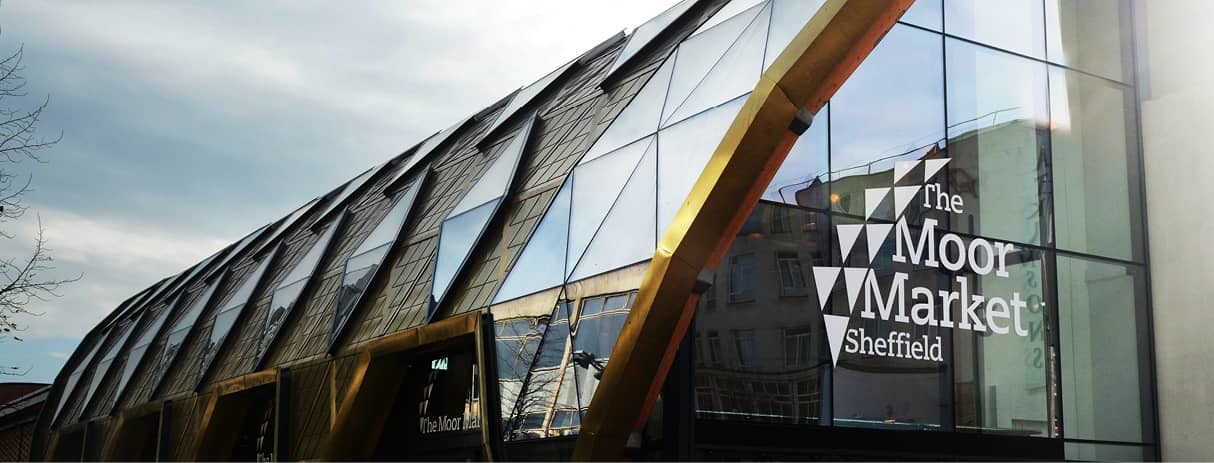The way foods are marketed and placed on the shelves in shops influences our food choices. There are a couple of methods that have been used in supermarkets and convenience stores to encourage our purchasing. This is what is called “choice architecture”! Let’s have a look at some examples, so we can take back the power to make our own choices when shopping.

What is the choice architecture?
Choice architecture or how a choice is presented influences our unintentional buying.
Supermarkets place the most profitable stock at eye level or children's eye level if it is targeted at them. Usually, cheaper products and better deals are at the top or bottom of the shelf. In other words, you will see some major brand products at eye level, of which are likely to be over-processed or high in sugar level.(1)
Especially among young adults and children, regardless of nutritional awareness, non-conscious intentions can drive the short-term pleasures of having unhealthy food.(2)
For example, some treats and magazines are placed near the till. These are impulse buys, although you don’t really need them, you may be tempted to spend some money on things that are unhealthy for you.
That’s why the government has been trying to restrict promotions of products high in fat, sugar or salt by location since 2022(3)
How store layouts influence choice
Have you ever experienced spending longer time in the shop than you expected whilst finding the product you’re looking for? This is another tactic! Store layouts often make us walk around the whole store. Which is why you’ll find regularly bought items including bread, milk and snacks spread out.
As we walk through the entire store, we are shown many other tempting goodies and put them into our baskets unintentionally to complete our grocery shopping.
A similar strategy is used in some educational settings as well. When students are queuing up for their lunch, there is a range of food products presented nicely for them until they get to the till. Those items are eye catching, not too expensive and easy to eat which makes students think “oh I might get this as well!”(4)
There are plenty more examples where it pays to look around while food shopping more carefully. For example:
- The first thing that greets you when you walk in is generally flowers, fresh produce, fruits and vegetables, which can stimulate your senses with smells and colours and make you feel less guilty when looking for unhealthy foods like snacks afterwards.(5)
- Items like baby food or coffee are put in lower-traffic areas to reduce the feeling of being rushed or hurried by other shoppers. They are designed to help you be calm and stay in the store longer.
- The store layout is rearranged every so often for customers to spend more time in the store to re-learn the location and slow down the pace.
How can we avoid temptation?
Make a shopping list
The easiest solution is making a list before going for groceries! If you're not confident in preparing the list, download our booklet to get some batch cooking ideas. https://www.sheffieldissweetenough.org/res/downloads/feed-your-family-for-less-booklet.pdf

Cover all food groups
Take a look at this brilliant “54321” shopping formula suggested by Zhi Ling, a nutritionist, if you don’t like rigid meal planning.(6)
5 types of vegetables:
- long lasting vegetables: cabbage, carrots, onions
- vegetables to be eaten raw: radish, cucumber
- quick cooked vegetables: spinach, pak choi , mushrooms
- colourful vegetables (non-green vegetables): tomatoes
- starchy vegetables: sweet potatoes, potatoes
4 types of protein:
- dairy
- plant-based
- seafood
- meat (it's always a good idea to reduce your meat intake or replace it with a plant-based alternative)
3 types of fruits:
- 3 different colours of fruits
2 types of carbs:
- two kinds of carbs that requires minimal cooking
1 type of food that you enjoy as a treat.
Go to Moor Market
Sheffield is home to one of the best indoor markets! Moor market offers a range of options, you might discover some interesting veggies or fruits that are great value for money. Bonus: you may be able to find one large pack of strawberries for just a pound!

Use a food scanning app
The NHS provides the Change 4 Life “Food Scanner” app for free! Enjoy grocery shopping with your children, just like playing a game, finding something good to eat or make together. Being healthy can take various forms, not only choosing fruits and vegetables! Remember, marketing claims like “High in protein” and “Contains vitamins” is not always a cue for something good for your body.
Use a basket not a cart
If it isn't your weekly big shop, take a basket not the shopping cart. Having a small basket leads to less volume purchasing as it fills up quickly and only allows you to add the amount that a person can carry.
Last but not least, don’t shop hungry!
An empty stomach influences our general decision-making ability, even on non-food items. Hungry shoppers not only buy unnecessary products on impulse but also purchase more of what they actually need.(7)
As humans, we cannot completely avoid all those marketing tactics in the supermarket. Although there is no perfect answer, being aware of these can help control your spending and maintain better health.
Some useful information
Recipe ideas and useful tips to help you make your money go further:
https://www.sheffieldissweetenough.org/res/downloads/feed-your-family-for-less-booklet.pdf
2-week cooking course for residents - a free, delivered, ingredients bag and course materials, containing the food for 7 meals (3 recipes):
